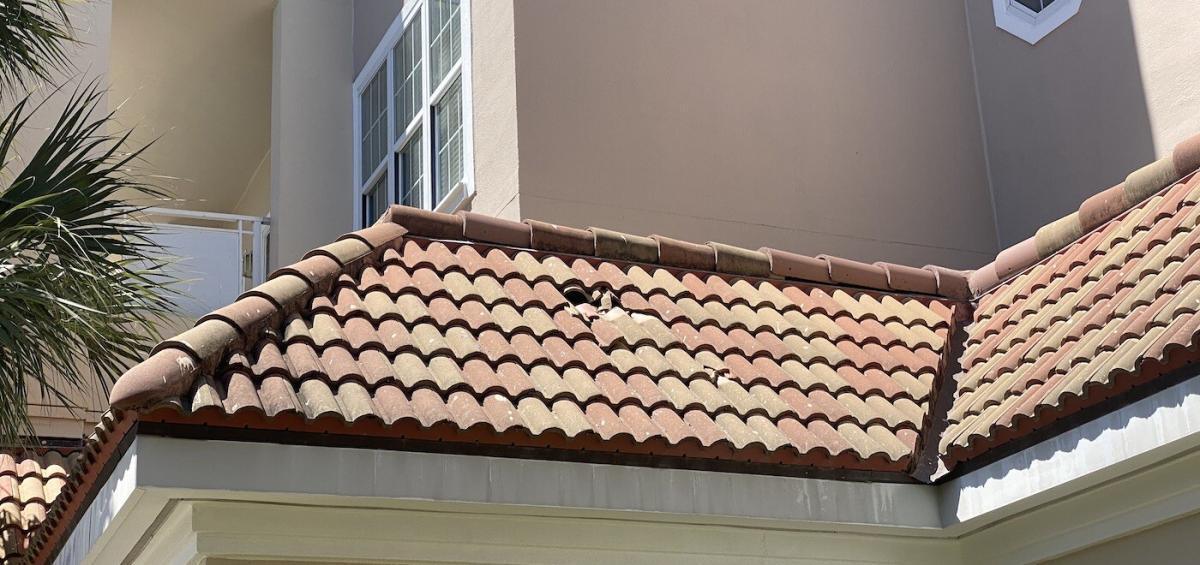8 Simple Techniques For Roof Inspection
Wiki Article
The Buzz on Skylights
Table of ContentsLittle Known Questions About Roof Storm Damage.The Of GuttersAll about WindowsThe Best Guide To SkylightsHow Roof Replacement can Save You Time, Stress, and Money.
Flashing is a thin layer of protective material, such as galvanized steel, copper, or aluminum that is set up around joints, gaps, as well as upright surfaces to prevent water from entering your home by creating a smooth surface that directs water downward. Unlike missing shingles, this is most likely an issue that requires closer evaluation.Once you locate the flashing on your roof a couple of usual indicators to try to find that may need repair work are: Rust or rust The presence of ice dams Missing pieces Holes or splits Mold and mildew Staining Damage to the exterior siding or shingles A smokeshaft is an upright structure developed to create an upward draft that removes cozy air, smoke, and also gases from inside your home.
Smokeshafts are made up of different parts, however rather than damaging down all the intricacies of how a chimney features, we are mosting likely to concentrate on the locations that are probably to trigger a roofing system leak by explaining where these components are located and what to try to find. Chimney Cap Located on the uppermost part of your smokeshaft, a smokeshaft cap avoids rainfall as well as snow from directly getting in the opening of your smokeshaft.
Things about Roof Installation
Concrete Crown The chimney crown refers to the sloped concrete on top of your chimney and also is created to maintain excess water from reaching as well as harming the mortar in the blocks. As splits appear in the crown, water which goes into the splits and freezes will certainly create these cracks to expand over time, resulting in leakages and also possible failures to your smokeshaft system.In addition, because block and also mortar are porous materials, excess wetness can bring about mold. Chimney Shoulder Chimney shoulders are the area of a smokeshaft that transitions from a wide base to a narrower base as it increases. The slope of the smokeshaft shoulder can protect against water from draining pipes properly. When examining your chimney shoulder search for moss growth, blocks that are darker in shade, or erosion.
Please describe the blinking area of this blog site for ideas on determining problems with flashing. Vents that extend from your roofing exist to enable gases from the interior of your home such as your bathroom and kitchen to escape outside. To prevent leakages, vents are mounted with vent boots that produce a waterproof seal around the base of the vent.
Everything about Roof Inspection


To stop condensation, it's an excellent concept to check your attic room's insulation as well as your air flow system. The main function of seamless gutters is to bring water far from your home, yet when your gutters are blocked, consistent wetness existing from the stagnant water that remains can result in decaying and also eventually a roofing leak.
The smart Trick of Roof Inspection That Nobody is Talking About
Too much damages to the hidden materials can be cause for a full roofing system substitute otherwise addressed, so this is not something you will want to overlook. If you observe: Discoloring on your siding Sections of your gutters sagging Water overflowing during rain Insects, birds, and other pests It's time to clean your gutters - Roof Inspection.As being conscious of the most common causes of roofing system leakages and what to look for, some straightforward upkeep can extend the life of your roofing system and permit you to capture any problems before they create into something more significant. While it is constantly advised to work with an expert who recognizes the appropriate safety treatments, there are a few things you can do yourself if you really feel comfortable doing so, that can aid stop damage prior to it occurs.
(A small error such as a lost nail can lead to serious damages if left unattended.) Roof is an extremely specialized career that leaves little area for error in regards to setup. Shingle Roof Installers that do not have training or pop-up roof covering business that are specifically prevalent after storms will execute below average job that is commonly not noticeable until the bill is paid and the business is long gone.
The Single Strategy To Use For Gutters
Nevertheless, the most effective method to stop improper installation is to do your research in advance to guarantee you are working with a reliable company. Always ensure to request for trustworthy recommendations. The valley of your roof covering describes any location where two planes satisfy to create a reduced point.The break in the seal is frequently triggered by incorrect installation, damages from foot traffic, or erosion from the elements. One of the most common methods to identify a valley that is poorly secured is to look for damp spots along the seams or particles accumulate. Ice dams are an accumulation of ice that forms near the side of your roof.

Report this wiki page